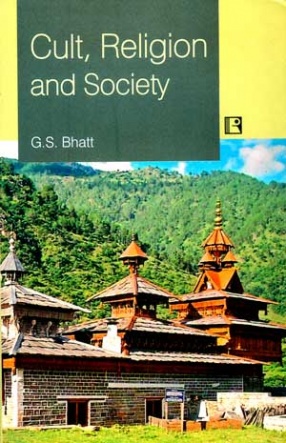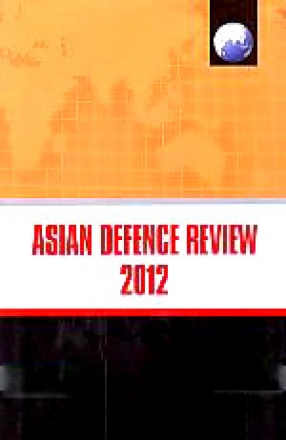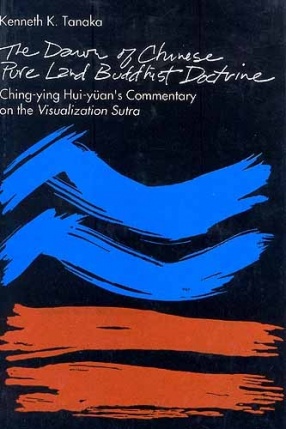This anthropological study is an outcome of the author's lifelong involvement with the people and culture of Rawain-Jaunpur. It started as a fallout of a study on polyandry in this area. But it assumed multi-dimensionality with deeper probing. The book not only studies the phenomenon of Mahasu from sociological perspective but also beautifully highlights the life of the ordinary man of the region as it is woven in and around their Devta–the Mahasu.
The book brings out the continuity and deep-rootedness of Indian cultural stream. It highlights the linkage between the local beliefs and practices with the Sanskritic tradition of the Great Indian Culture. The book leans heavily on the attempts made by Indians to understand or explain themselves, their heritage and identity through the concept of unity in diversity, underlying the main idea that unity is attitudinal but diversity is real. Thus, the book provides a seasoned reorientation to many methodological issues associated with sociology of religion.
The book is a masterpiece in terms of methodology and theoretical acumen. It knits up various theoretical perspectives into one stream of understanding "Lok" through language-culture perspective. It is an exemplary academic gift for generations to come by an octogenarian trained in the traditions of pure anthropological methods of data collection.





There are no reviews yet.